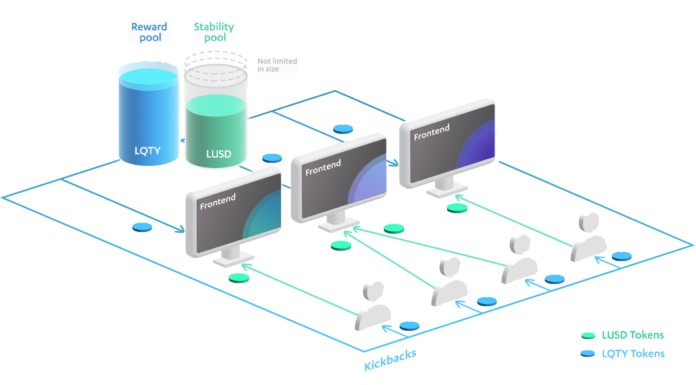
Decentralized Finance, or “DeFi” for short, has taken the crypto and blockchain world by storm. However, its recent resurgence masks its roots in the bubble era of 2017. While everyone and their dog was doing an “Initial Coin Offering” or ICO, few companies saw the potential of blockchain far beyond a quick gain in price. These pioneers envisioned a world where decentralized finance applications from trading to savings to banking to insurance would all be possible simply on the blockchain without any intermediaries Read more about: Traffico Anomalo Google.
To understand the potential of this revolution, imagine if you had access to a savings account that yields 10% a year in USD but without a bank and practically no risk of funds. Imagine you can trade crop insurance with a farmer in Ghana sitting in your office in Tokyo. Imagine being able to be a marketmaker and earn fees as a percentage the likes of which every Citadel would want. Sounds too good to be true? It isn’t. This future is already here.
Building blocks of DeFi
There are some basic building blocks of DeFi that you should know before we move ahead:
Automated market making or exchanging one asset for another trustlessly without an intermediary or clearinghouse.
Overcollateralized lending or being able to “put your assets to use” for traders, speculators, and long-term holders.
Stablecoins or algorithmic assets that track the price of an underlying without being centralized or backed by physical assets.
Understanding how DeFi is Made
Stablecoins are frequently used in Defi lending because they mimic traditional fiat currencies like USD. This is an important development because the history of crypto shows how volatile things are. Stablecoins like DAI are designed to track the value of USD with minor deviations even during strong bear markets, i.e. even if the price of crypto is crashing like the bear market of 2018-2020.
Lending protocols are an interesting development usually built on top of stablecoins. Imagine if you could lock up your assets worth a million dollars and then borrow against them in stablecoins. The protocol will automatically sell your assets if you don’t repay the loan when your collateral is no longer sufficient.
Automated market makers form the basis of the entire DeFi ecosystem. Without this, you’re stuck with the legacy financial system where you need to trust your broker or clearinghouse or an exchange. Automated market makers or AMMs for short let you trade one asset for another based on a reserve of both assets in its pools. Price discovery happens via external arbitrageurs. Liquidity is pooled based on other people’s assets and they get access to trading fees.
You can now gain exposure to a wide variety of assets all in the Ethereum loan ecosystem and without ever having to interact with the traditional financial world. You can make money by lending assets or being a market maker.
For the developing world, this is an amazing innovation because now they have access to the full suite of financial systems in the developed world with no barriers to entry.
Learn about how to buy DeFi tokens at the best price execution without KYC or centralized exchanges, and other interesting information to get some alpha for your investments at BTC Geek
Blockchain the unchanging, scrambled, decentralized – record has a capability of making each concentrated procedure, action, and association completely self-ruling. This implies we can dispose of mediators, experts, and beat the trust of third parties. In this manner, streamlining each business, administration and non-benefit movement.
The ebb and flow scene of home loans requires a mind boggling web of title looks, title protection, and incalculable minor exchange charges that are important to keep the framework running. These frameworks exist on the grounds that, truly, the exchange of land has been a procedure that requires a lot of trust in dated records. Be that as it may, the Blockchain would address these worries, and a particular property’s record can contain an obvious and approved history of exchanges, limiting the requirement for foundations to give chance relief and put stock in administrations, rather the exchange can exist in its own right.





